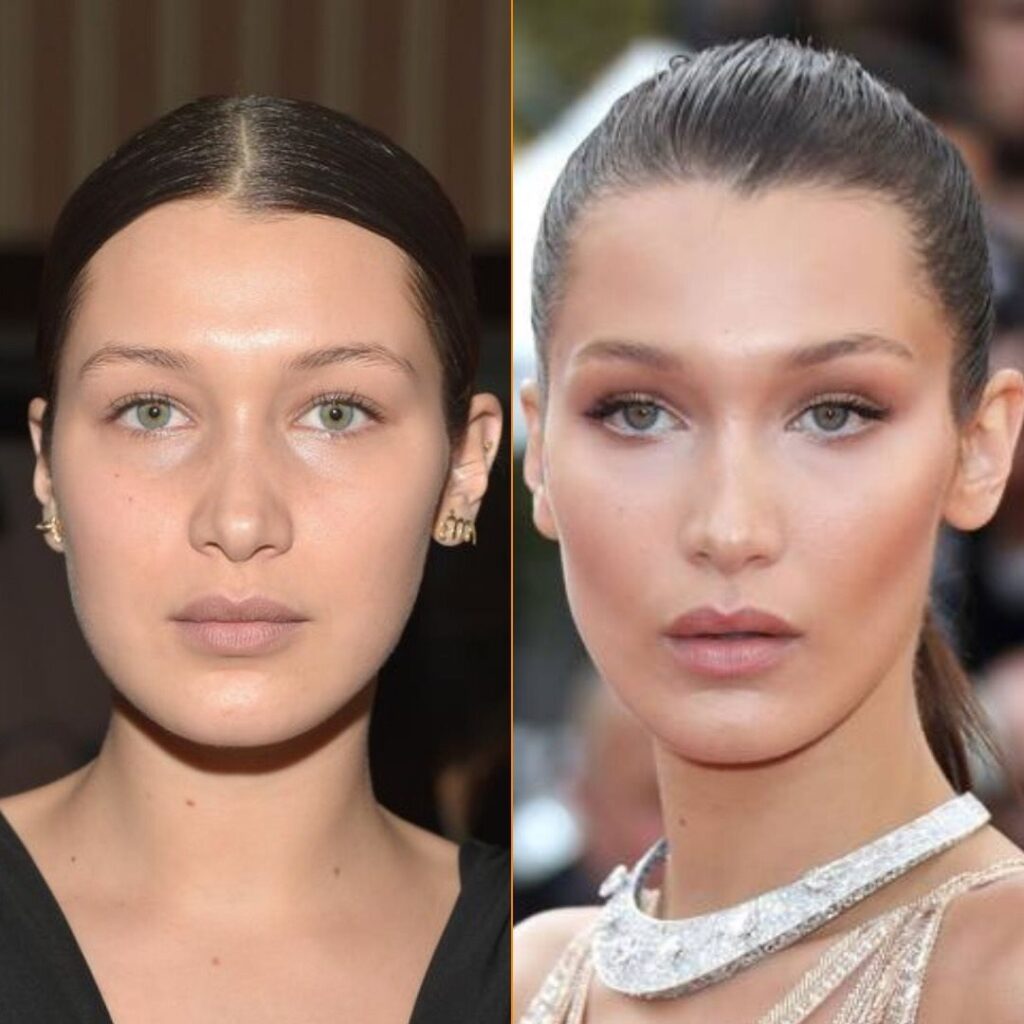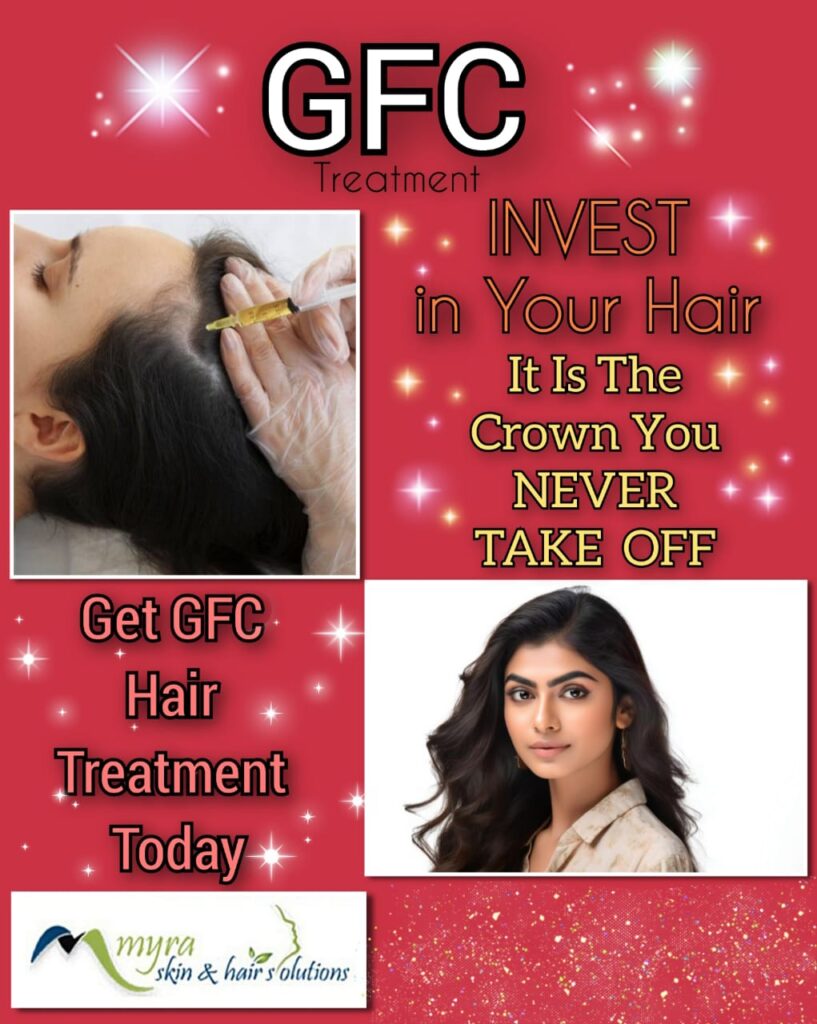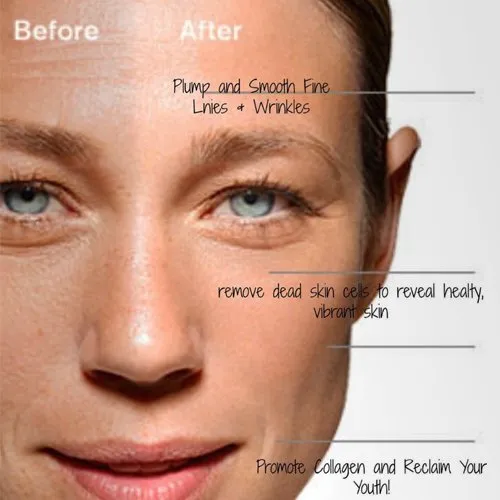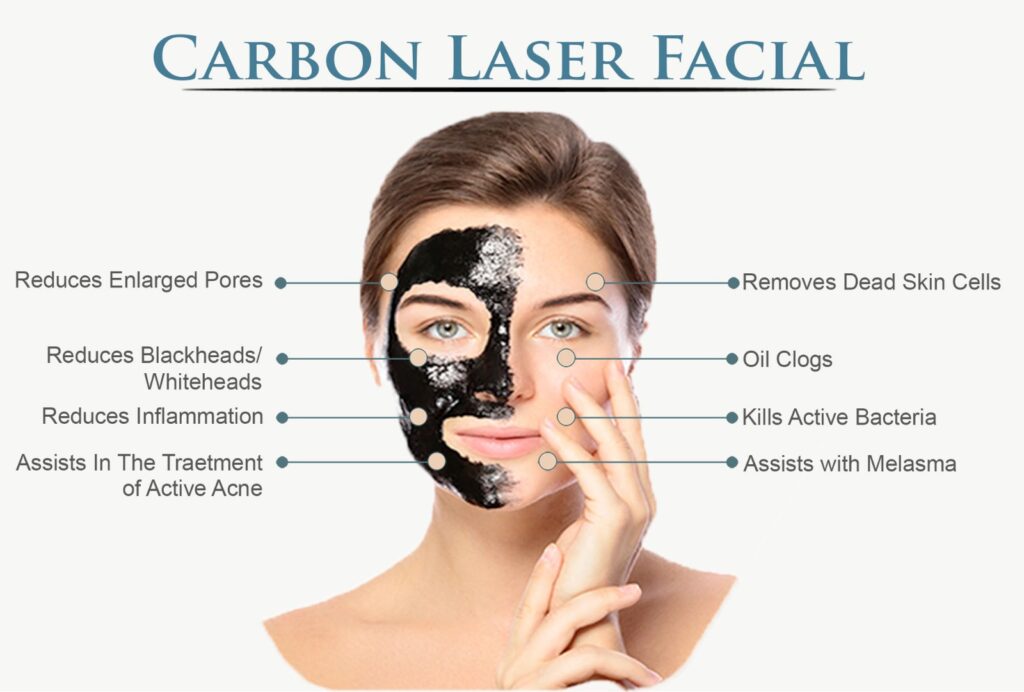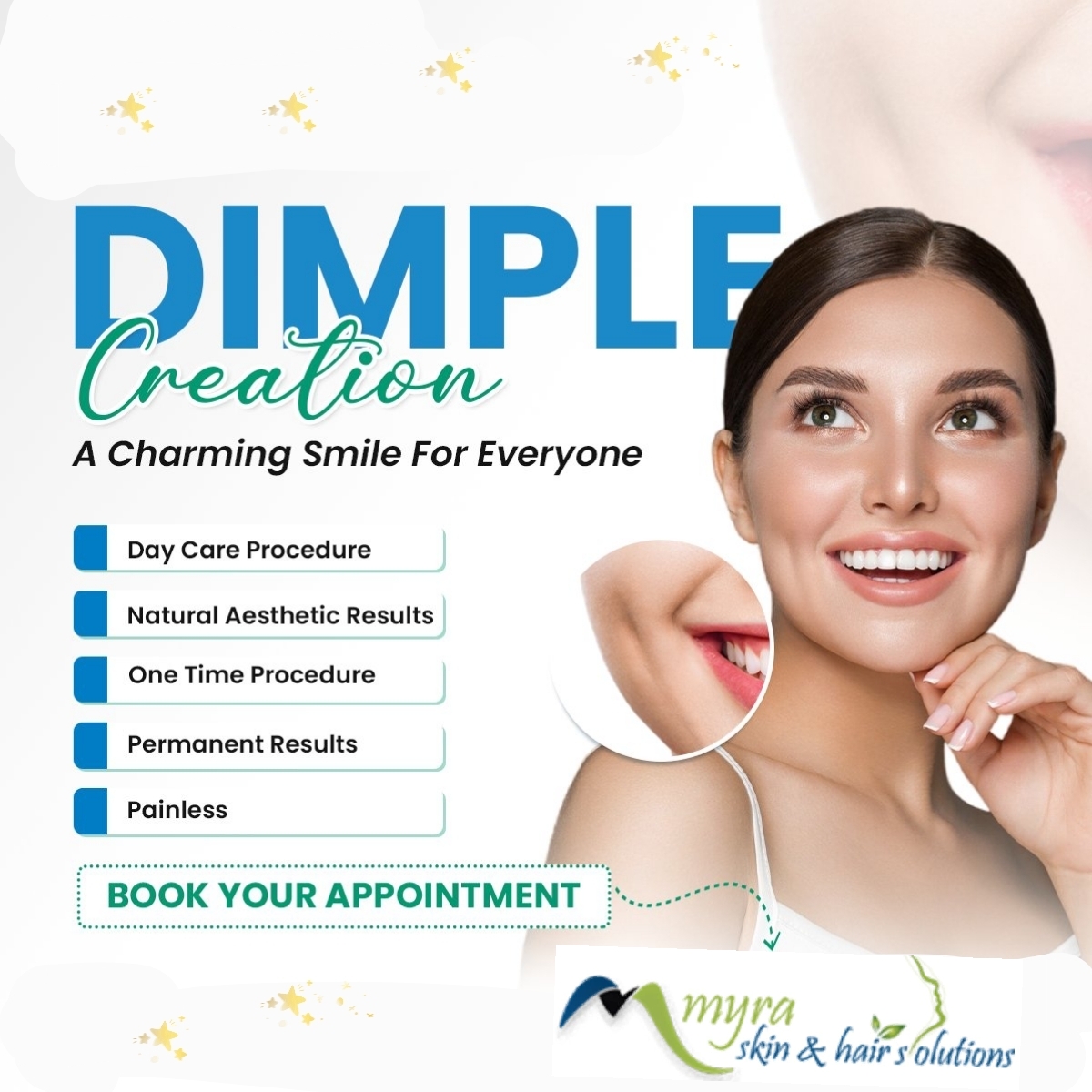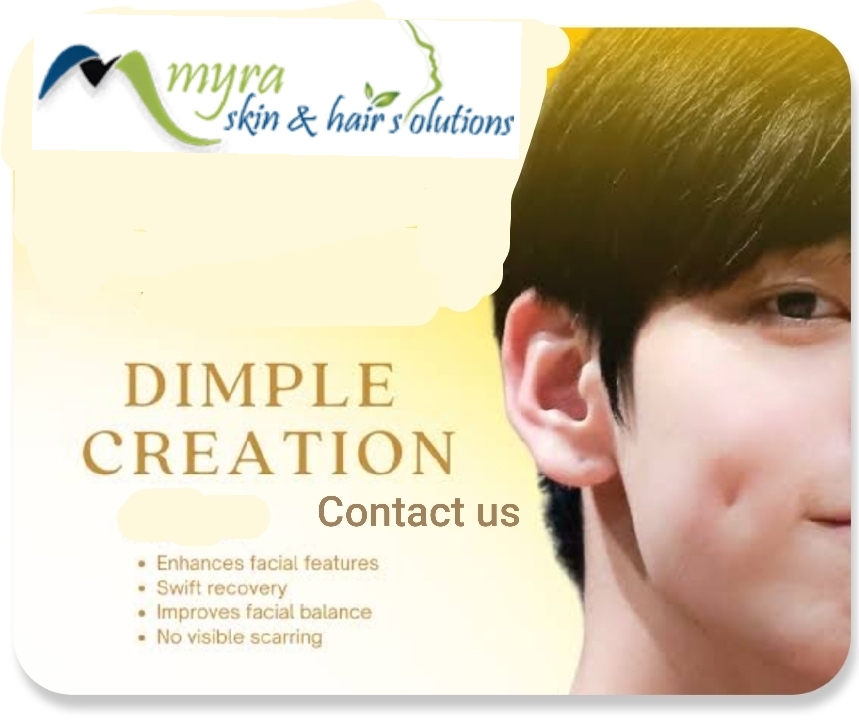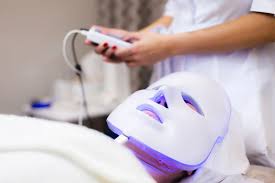
Eight reasons why a HydraFacial is the ideal skincare procedure
One thing is for certain: There are plenty of treatment options available, regardless of whether you frequently use cosmetic services or are just beginning to experiment with skincare.
Here are eight reasons our experts strongly suggest getting a HydraFacial.
1. All skin types can benefit from hydra facials.
HydraFacials cleanse, extract, and hydrate your skin to produce a more radiant complexion, regardless of your skin type or tone. To put it another way, they work well for a variety of folks and yield noticeable effects almost instantly.
- Many skin issues (and your confidence) are improved with HydraFacials.
Hydra facials are not only intended to enhance skin health over the long term, but they also make skin seem radiant and reduce the following skin conditions:
Wrinkles and fine lines
The pigmentation of
Acne
Size of pores
Congestion and greasy skin
Fine lines, deeper wrinkles, and dull or clogged skin can all be treated with our specific booster solution (see #3 below). Everybody is entitled to that “HydraFacial glow!”
- HydraFacials are customizable
The three steps of every HydraFacial are to 1) cleanse and exfoliate 2) remove impurities; and 3) moisturize your skin. You can choose to add a strong booster to your treatment to better meet the needs of your skin. Booster choices can be customized in the following ways, depending on your preferences:
Clarify, Brighten, and Calm
Hydrate Firmly Restore Easily Refine
- There is no downtime with HydraFacials.
Following a HydraFacial, you can get back to your regular activities right away. Applying makeup is part of this. Both are typically moderate, however some people may have some redness or discomfort for up to 72 hours.
“A HydraFacial is the ideal treatment to have before an event because my patients leave with a dewy, hydrated glow,” Kaylee explains.
Note: Following a HydraFacial, your skin is more vulnerable to sunburn. Remember to use SPF!
- HydraFacials work well
Many claim that their skin seems more hydrated and refined almost instantly, and that this improvement lasts for up to seven days. Over time, HydraFacials can also help with a number of skin issues, including dark spots and wrinkles, with consistent treatments. More significantly, HydraFacials are a great way to enhance the general health of your skin.
6. Hydra facials improve the efficacy of your skincare products.
During a HydraFacial, pollutants are gently removed from your skin using a sophisticated wand. By opening pores and deep cleaning them like a vacuum, the wand enables components in your skincare products—including the active elements in any booster you might use to improve your HydraFacial—to enter your skin more deeply.
- Noninvasive HydraFacials
Even sensitive skin can tolerate the intense exfoliation that HydraFacials provide. The gentle pore-by-pore suctioning is soothing or relaxing to many people.
8. HydraFacials are reasonably priced.
The starting price for a HydraFacial at Myra Skin & Hair Solutions is Rs. 5000, in contrast to some cosmetic procedures that might cost thousands of rupees.
According to Dr. Sonia Mangal, “HydraFacials are like a 3-in-1 customized treatment, targeting multiple concerns at once.” “A HydraFacial may produce the desired results more quickly than alternative treatments, which may require multiple appointments to achieve.”





